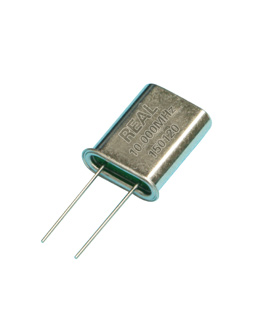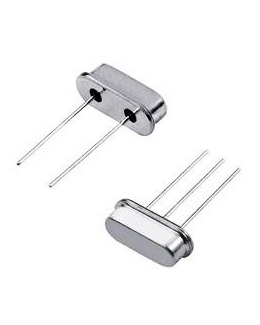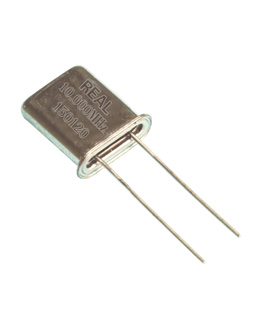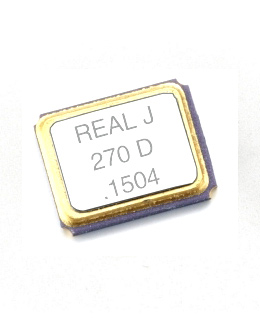Recommended Products
- HC-43U Series Crystal Resonator
- Features:
. Excellent aging performance
. Mass production capability
. High reliability design
. RoHS Compliant / Pb Free
. Customized as request
- HC-49S/49SS/3L Series Crystal Resonator
- Features:
. Low cost
. Industry standard package
. High reliability and stability crystal
. Wide frequency range and calibration tolerances
. Available
. Rohs compliant / Pb free
- HC-45U Series Crystal Resonator
- Features:
. Excellent aging performance
. Mass production capability
. High reliability design
. RoHS Compliant / Pb Free
. Customized as request
- 2520SMD Series Crystal Resonator
- Features:
. Seam welding
. Excellent solderability
. Automatic and perfect packing due to emboss taping
. Excellent vibration resistance & shock resistance
. Rohs compliant / Pb free
. Excellent aging performance
Top articles
- Realgiant Crystal Oscillator- -The Heart of Digital Circuit
- THE BIGEST DIFFERENCE OF NATRUAL SYNTHETIC
- How to quickly learn and choose quartz crystal oscillator?
- How Oscillators Work?
- What is Crystal Oscillator?
- Traditional crystals vs. MEMS oscillator
- Diversified application requirements
- Entering the high frequency communication fields
- Semiconductor market still occupy the mainstream application with smooth supply and demand
Latest articles
- Realgiant Crystal Oscillator- -The Heart of Digital Circuit
- THE BIGEST DIFFERENCE OF NATRUAL SYNTHETIC
- How to quickly learn and choose quartz crystal oscillator?
- How Oscillators Work?
- What is Crystal Oscillator?
- Realgiant Application sectors: Computer motherboard
- Realgiant Cooperating Clients: ASUS
- Realgiant Cooperating Clients: GREE
- Realgiant Cooperating Clients: SAMSUNG
- Realgiant Cooperating Clients: HP
Your browsing history

How Oscillators Work?
Oscillators are important in many different types of electronic equipment. For example, a quartz watch uses a quartz oscillator to keep track of what time it is. An AM radio transmitter uses an oscillator to create the carrier wave for the station, and an AM radio receiver uses a special form of oscillator called a resonator to tune in a station. There are oscillators in computers,metal detectors and even stun guns.
To understand how electronic oscillators work, it is helpful to look at examples from the physical world. In this article, you'll learn the basic idea behind oscillators and how they're used in electronics.
One of the most commonly used oscillators is the pendulum of a clock. If you push on a pendulum to start it swinging, it will oscillate at some frequency -- it will swing back and forth a certain number of times per second. The length of the pendulum is the main thing that controls the frequency.
For something to oscillate, energy needs to move back and forth between two forms. For example, in a pendulum, energy moves between potential energy and kinetic energy. When the pendulum is at one end of its travel, its energy is all potential energy and it is ready to fall. When the pendulum is in the middle of its cycle, all of its potential energy turns into kinetic energy and the pendulum is moving as fast as it can. As the pendulum moves toward the other end of its swing, all the kinetic energy turns back into potential energy. This movement of energy between the two forms is what causes the oscillation.









